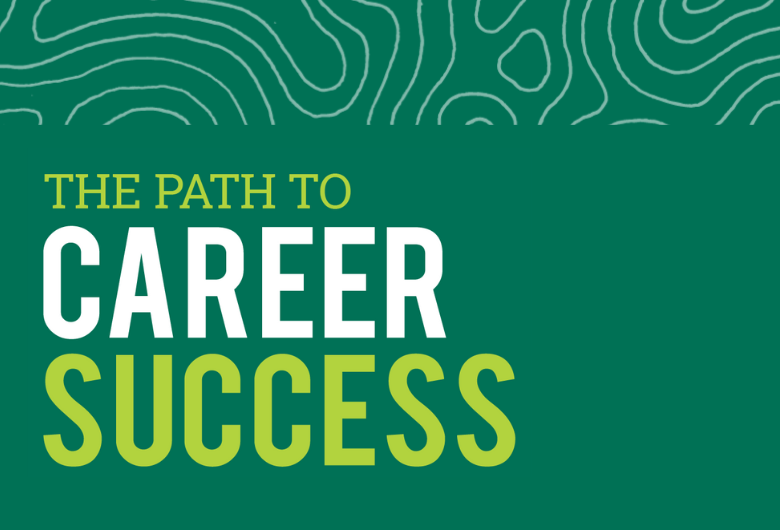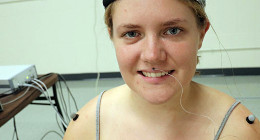UVM’s Communication Sciences and Disorders program provides in-depth study of human communication and guided exploration of the fields of speech-language pathology and audiology that will prepare you to assess, diagnose, treat, and help to prevent communication and swallowing disorders in children and adults.
As a graduate of UVM’s Communication Sciences and Disorders program, you will be equipped to pursue graduate study to become a speech-language pathologist or audiologist, or for a career as a speech-language pathology or audiology assistant in schools, healthcare facilities, and private practices.
Why Choose UVM?
In-depth coursework. UVM provides the breadth of a liberal arts education plus an introduction to typical and disordered communication, the fields of speech-language pathology and audiology, and the health sciences.
Hands-on practice. You will gain skills and experience through guided speech-language pathology and audiology observations in the on-campus Eleanor M. Luse Center for Communication: Speech, Language and Hearing. Some clinical internships are also available.
Professional experience. Students are encouraged to pursue research through collaboration in ongoing faculty projects that encompass normal and disordered communication throughout the lifespan.
Strong foundation for graduate study. Students often pursue a master’s degree in speech-language pathology or a doctorate in audiology.
What You Will Learn
As a student in UVM’s Communication Sciences and Disorders program, you will be introduced to communication development and a variety of communication disorders through classes, observations, and clinical activities, and develop a deep understanding of how communication disorders impact people's lives. A minor is required as part of the degree.
View a model curriculum in Communication Sciences and Disorders >>











